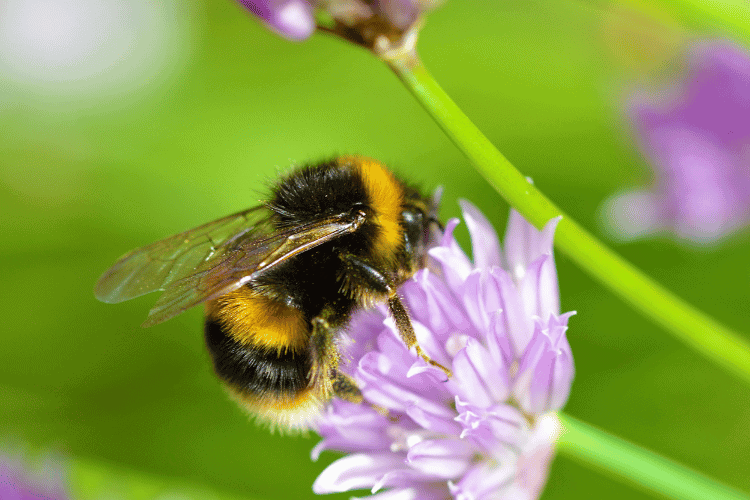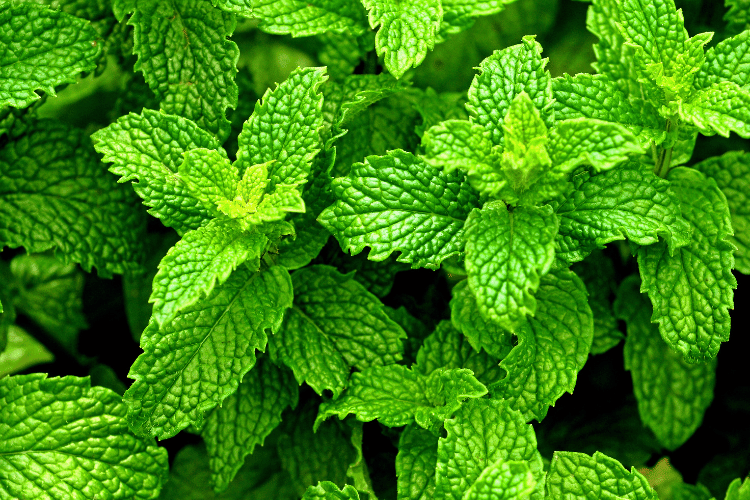In this post, we’re diving into a question that often raises concern among nature lovers: Does Talstar kill bees?
In a nutshell, yes, Talstar Professional does pose a risk to bees. Talstar, with its active ingredients and long-lasting control against household pests, does have implications for our buzzing friends.
Stick around to understand how to balance effective pest control with the well-being of our essential pollinators.
Why Does Talstar Kill Bees?
Talstar, a widely used insecticide, raises concerns for our buzzing friends due to its active ingredient, Bifenthrin. This compound, known for its high hazard to bees, can persist in its toxic effects for up to 24 hours after application, posing a significant risk to pollinators.
Talstar Pro (or Talstar P) is, as a result, potentially harmful to bees when directly exposed or through residues on blooming crops or weeds.
The mode of action involves inducing a paralyzed state followed by death in insects. To minimize the impact on bees, it’s crucial to avoid spraying during their active hours, such as dawn or dusk.
Talstar’s label explicitly warns against using it on plants that bees visit while in bloom, emphasizing responsible and cautious use to safeguard our essential pollinators.
What Pests Can I Safely Use Talstar On?
Talstar proves its versatility as a trusted insecticide, providing effective control against a diverse range of pests. This powerhouse solution targets over 75 pests, including ants, termites, cockroaches, spiders, bed bugs, fleas, ticks, mosquitoes, and stink bugs.
Whether you’re dealing with indoor or outdoor infestations, Talstar’s residual, odorless formula ensures long-lasting control even after the initial application.
Particularly, Talstar P shines in managing infestations and acting as a repellent insecticide, disrupting social insects like ants. It forms a barrier when applied thoroughly, offering extended protection for up to three months.
Despite its potency, responsible use is key. The product label assures safety around pets, given they stay away during application and return once the area is dry.
How to Identify the Type of Bee Infestation You Have
Spotting the type of bee infestation in your yard is key for effective pest management. Different species exhibit unique behaviors and nest characteristics.
Here’s a closer look at identifying key bee species:
- Distinctive Appearance: Recognizable by their yellow and black stripes.
- Behavior: Form larger colonies, often occupying substantial cavities within walls, attics, or floors filled with honeycomb and honey.
2. Bumblebees:

- Coloration: Display black and yellow or black and orange hues.
- Nesting Habits: Tend to have smaller nests and travel in smaller groups.
3. Carpenter Bees:
- Behavior: Cause significant home damage by drilling into building materials.
- Appearance: Resemble typical bees but are known for their distinct drilling tendencies.
4. Wasps and Yellow Jackets:
- Nest Size: Typically have smaller nests and travel in smaller groups.
- Identification: Display varying colors, with some having black and yellow patterns.
Observing these distinctive characteristics, including appearance, nesting habits, and behavior, aids in precise identification.
Home Remedies to Safely Remove Bee Colonies
When faced with the presence of bee colonies around your home, opting for natural remedies ensures a safe removal without harming these crucial pollinators.
Let’s explore gentle methods that respect the bees while addressing your concerns.
1. Vinegar Spray
Create a deterrent by mixing equal parts water and vinegar in a spray bottle. Apply this solution to the bee nest, wearing protective gloves to avoid stings. Repeat the process after a week, and vacuum up the deceased insects for thorough removal.
2. Gentle Beekeeper Approach
Experienced beekeepers adopt a gentle method to remove bee clusters. Gently brush or shake bees into a cardboard box, allowing flying bees to join. Place the box in the shade until nightfall, seal it, and remove it after dark. This approach facilitates relocating bees without harm.
3. Citronella Oil Spray
Opt for natural alternatives like citronella or cinnamon. Spray citronella around your home and hive to encourage bees to leave.
4. Smoke
Utilize smoke as an effective way to deter honey bees. Start a smoky fire with cardboard and dead firewood under the beehive. Leave the area as bees may become aggressive. Honey bees perceive the smoke as a forest fire, prompting them to leave and potentially not return.
5. Garlic Spray
Harness the strong scent of garlic to create a deterrent. Crush a couple of cloves and mix them with water to form a garlic spray. Apply it around your home and hive to encourage bees to leave.
6. Peppermint Planting
Plant peppermint in areas you want to deter bees. The strong smell repels honey bees, making it an effective natural solution. Plus, you get the added benefit of using peppermint when needed.

7. Cinnamon Application
Repel honey bees with the strong smell of cinnamon. Spread it over areas you want to deter bees. Daily application for about a week enhances effectiveness, making it ideal for keeping bees away from specific locations.
Alternatively, sprinkle cinnamon near a hive of honey bees to prompt them to find a new home without causing harm.
When to Call in a Professional Bee Removal Service
Recognizing when to bring in professional bee removal services is essential for safety and the bees’ well-being.
If you witness heightened aggression from bees on your property or discover a hive, it’s time to enlist expert help. Trying to handle a hive yourself risks provoking an angry swarm, leading to potential stings and harm.
Professionals possess the training to identify potential nesting sites, locate hives, and safely remove them – ensuring minimal risk for both you and the vital pollinators.
To Sum Up
Talstar, containing Bifenthrin, poses a potential hazard to bees. Applying it during times when bees are less active minimizes risks. Avoiding spraying them with it is best, though.
So, while Talstar is effective against various pests, caution is paramount. For the well-being of pollinators and safety, consider natural alternatives or seek professional advice.
- Does Bleach Kill Bees? - April 23, 2024
- How Do I Get Rid of Ants Without Harming Bees? - April 16, 2024
- Do Bug Zappers Kill Bees? Completely Explained - April 9, 2024
